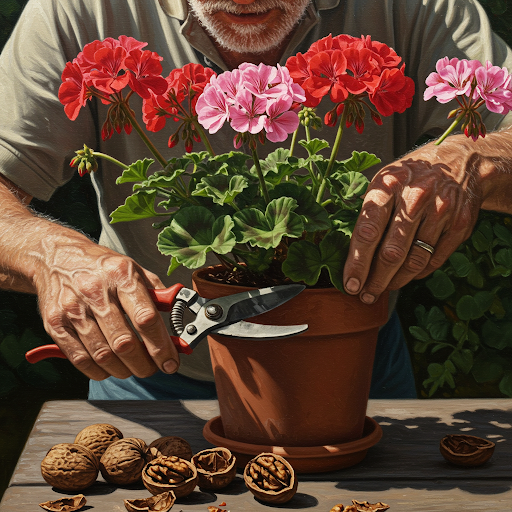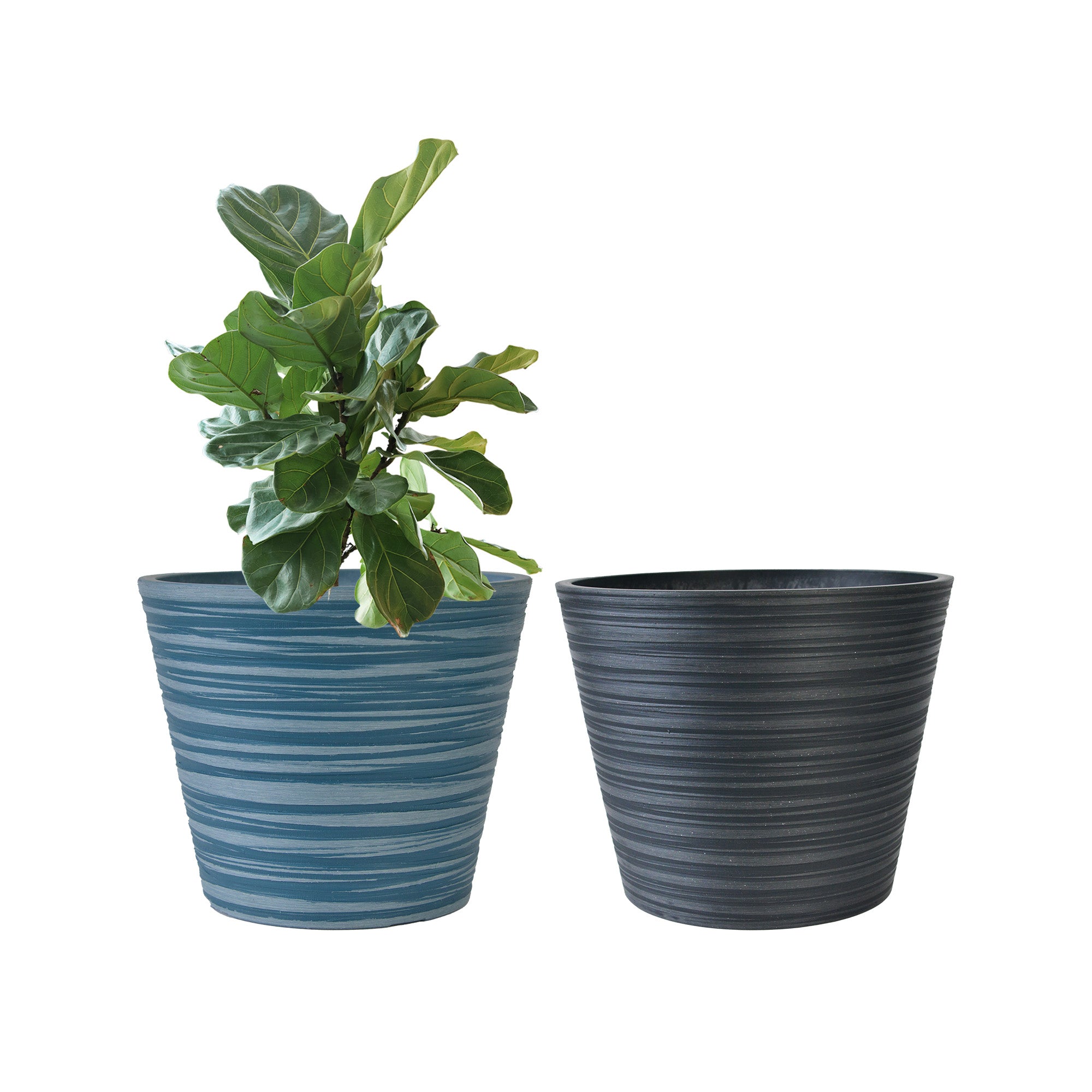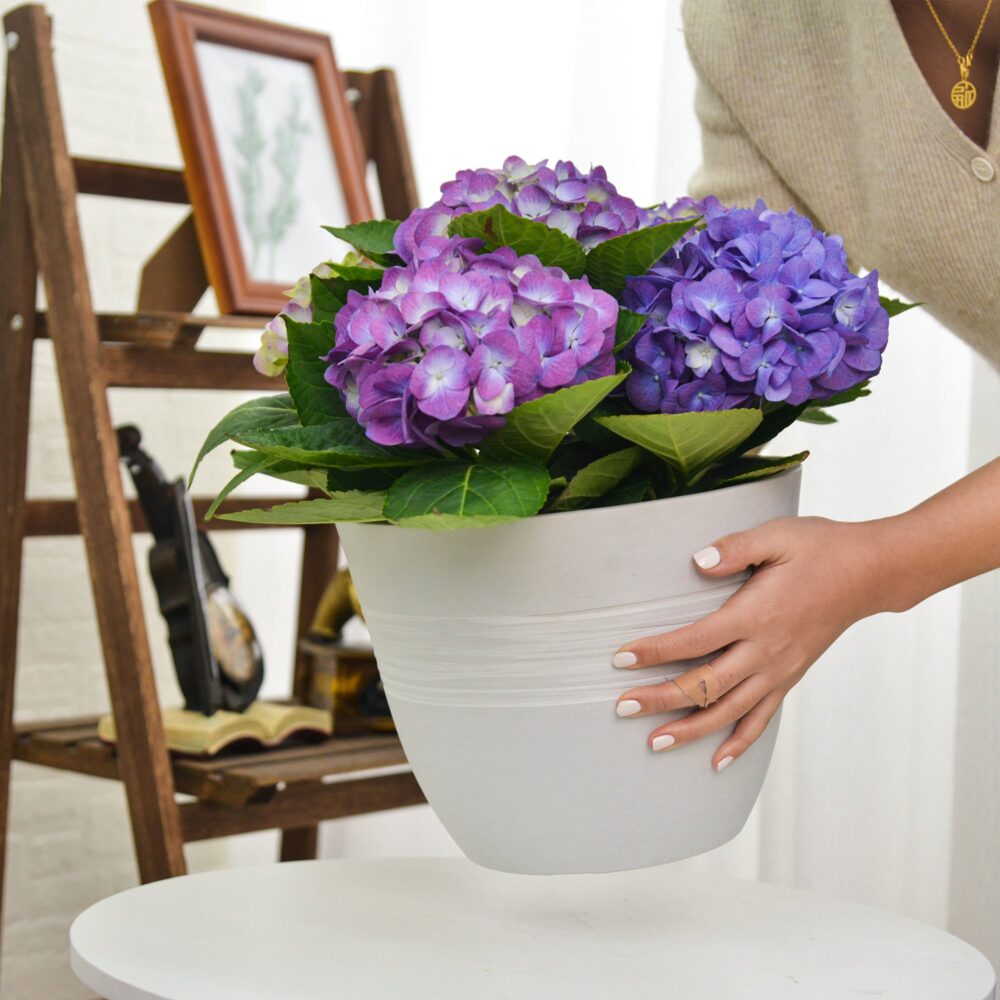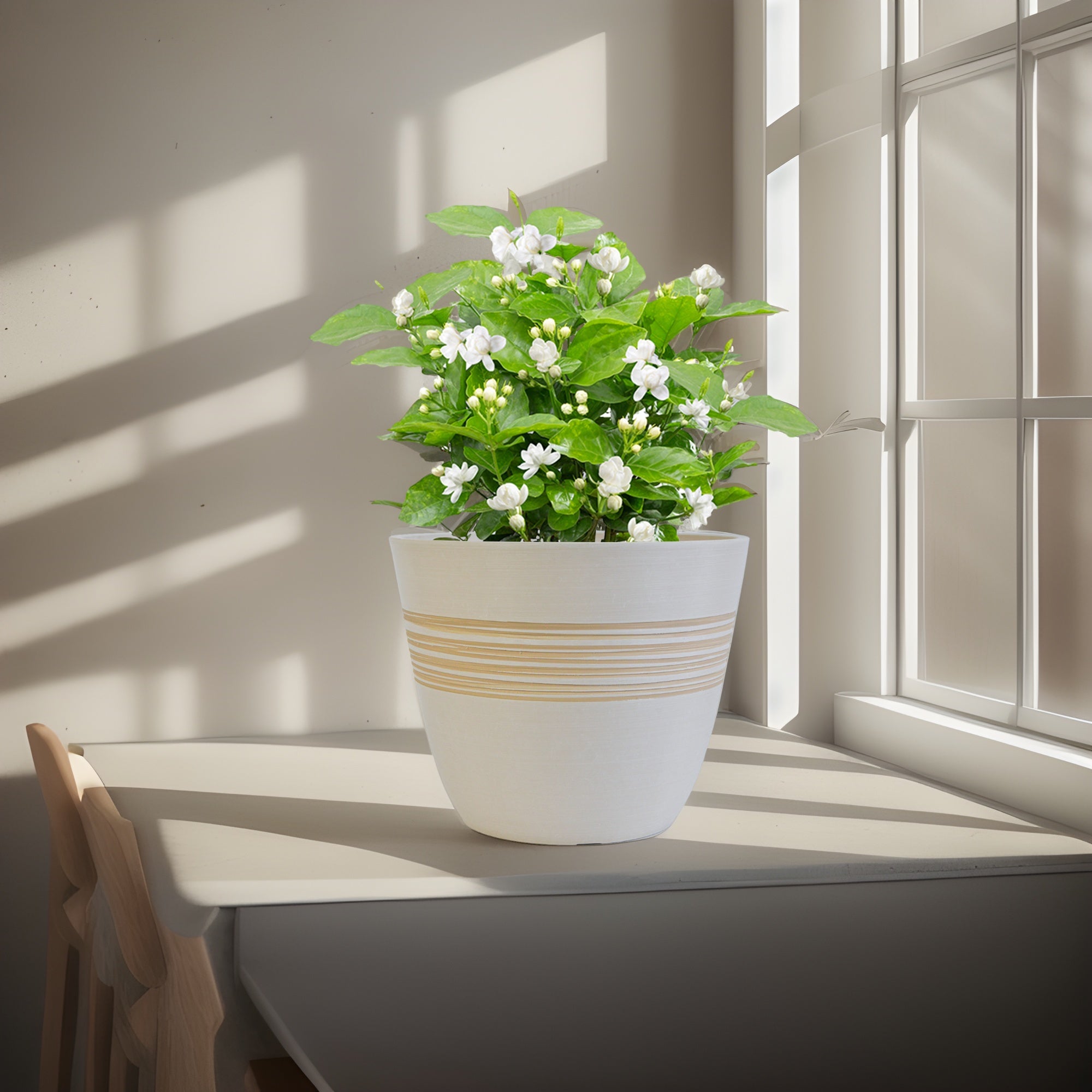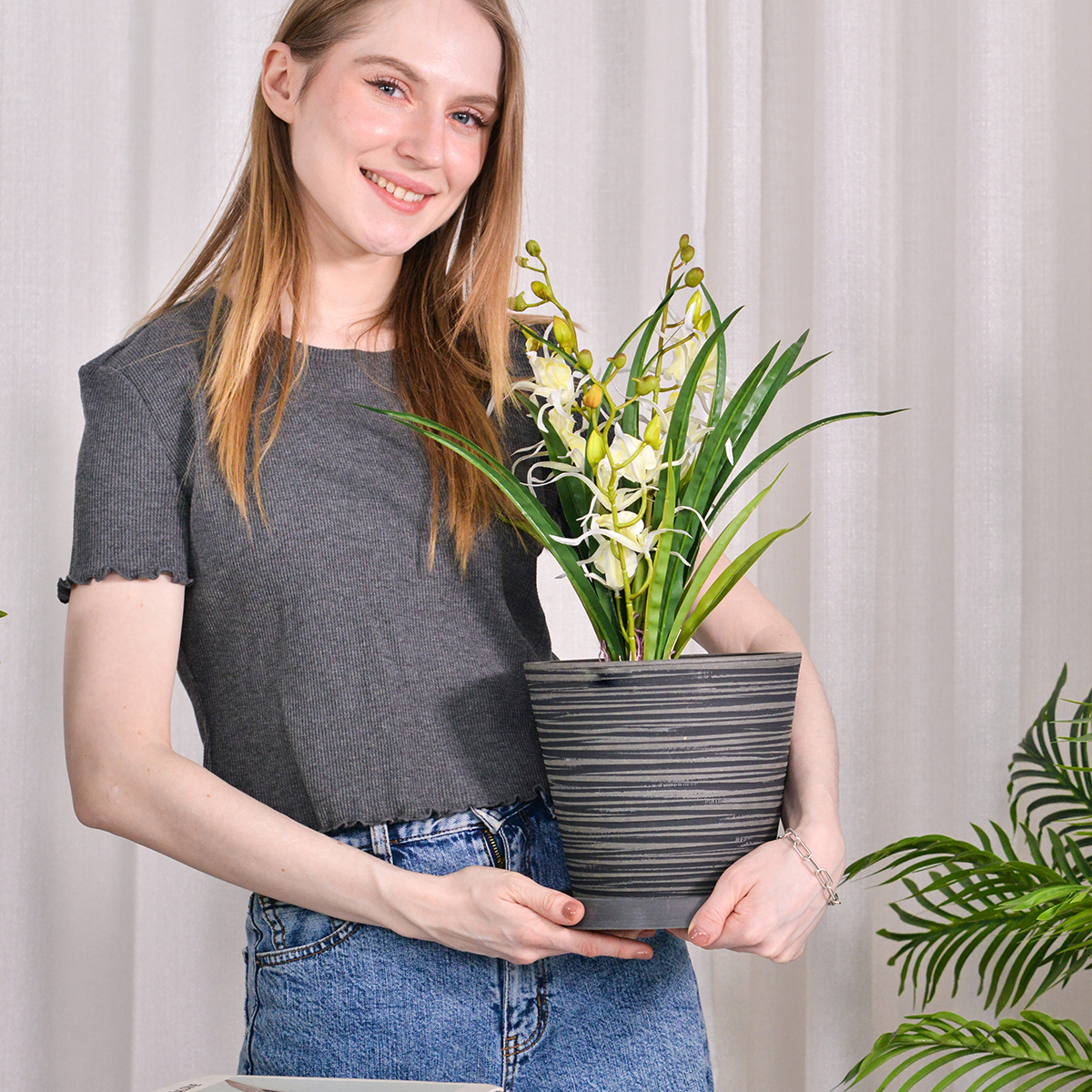Don’t Toss Those Shells! The Surprising Way Walnut Shells Can Boost Your Geraniums + Shaping Secrets
Are you looking for a natural way to give your geraniums a boost? One gardener swears by a simple yet effective homemade fertilizer using something you might normally discard: walnut shells! In this guide, we’ll explore how to make this unique fertilizer and also share tips on a fascinating technique to shape your geraniums into a stunning palm tree-like form.
This gardener starts by showcasing their thriving geraniums, noting the abundance of new shoots after pruning. They even propagated new plants from cuttings, emphasizing the importance of letting the cut ends dry for about half an hour before planting to ensure successful rooting. They then introduce a unique project: training a geranium into a single-stemmed plant resembling a palm tree, a common practice in Europe and China. This involves maintaining one main stem with just four leaves at the top, from which new shoots will emerge to create a well-shaped plant.
Before diving into the shaping, they highlight their natural fertilizer made from walnut shells, claiming geraniums particularly benefit from it, although other plants like African violets and orchids can also thrive with this treatment. They recommend using this fertilizer about once a month.
How to Prepare Walnut Shell Fertilizer
Here’s how to make this intriguing natural fertilizer:
- Take three large walnut shells (or four small ones) and place them in a half-liter glass jar.
- Pour boiling water over the shells and let them steep for two hours.
- Once the water has cooled to lukewarm, dilute it with one liter of water.
- The resulting liquid is now ready to nourish your plants.
Tip: Don’t discard the walnut shells after the first use! Pour boiling water over them again, seal the jar, and let them steep for 3-4 hours. This second extract can also be diluted and used for indoor plants, orchids, and especially geraniums.
Applying the Fertilizer:
Pour the diluted walnut shell water around the base of your plants, adjusting the amount based on the pot size:
- Small pot: 1 cup
- Medium pot: 2 cups
- Large pot: 3 cups
For large pots where the soil is already quite moist, use only two cups. If the soil is a bit dry, you can use three cups. This natural fertilizer is said to be a powerhouse of nutrients that will significantly boost plant growth.
Note: While this gardener finds walnut shell extract beneficial, scientific research on its direct nutritional benefits for plants as a primary fertilizer is limited. Walnut shells are rich in tannins and lignin, which can affect soil properties. The observed benefits might be due to trace minerals or other compounds present. It’s always a good idea to observe your plants and adjust your care routine accordingly.
Shaping a Single-Stem Geranium into a Palm Tree Form
Now, let’s explore the fascinating technique of shaping a single-stem geranium:
- Remove Lower Buds: Any buds that emerge from the base of the stem must be removed. This helps the plant maintain its desired single-stem structure.
- Support the Stem: To ensure the stem remains upright and strong, secure it with a support stake until it matures and becomes woody.
- Prune Side Shoots: When pruning, always remove any side shoots that grow from the base, leaving only the growth at the top.
- Leave Only Four Top Leaves: The uppermost section should retain only four leaves. If there are more, remove the excess. This encourages the plant to focus its energy on producing new shoots from the top, forming a full and well-shaped canopy.
- Pinch the Main Stem: To prevent the plant from growing too tall and leggy, pinch off the tip of the main stem. This promotes lateral growth and bushiness at the top.
- Continue Removing Base Buds: Any future buds that appear at the base should also be removed, allowing only the upper growth to develop.
Important Geranium Care Tips:
- Wait Before Watering/Fertilizing After Pruning: Allow your geraniums a couple of days to recover from the stress of pruning before watering or applying any fertilizer.
- Remove Yellow or Dry Leaves: Any yellow or dried leaves should be promptly removed to encourage new growth and prevent potential issues.
- Geraniums Prefer Cooler Temperatures: If placed too close to heat sources like radiators, geranium leaves may turn yellow and dry out. They generally prefer cooler environments.
- Provide Plenty of Sunlight: Geraniums thrive in full sun, needing at least 6-8 hours of direct sunlight per day to bloom profusely.
- Water Properly: Water thoroughly when the top inch of soil feels dry, and ensure good drainage to prevent root rot.
By following these care tips and potentially incorporating the walnut shell fertilizer (while observing your plant’s response), you can help your geraniums flourish and even try your hand at this unique shaping technique to create a stunning and unusual plant display. Happy gardening!
Planter 5 in W / 8 in W / 12 in W or Indoor Outdoor Plants, Modern Decorative Plant Pots with Drainage Hole, Decorative Flower Pots
By greenship-seo|2025-04-10T06:37:58+00:00January 16, 2025|Categories: Hand-carving Series|Tags: Decorative Flower Pots|
HS
By greenship|2024-08-13T06:45:17+00:00August 13, 2024|Categories: Hand-carving Series|
Planter for Indoor Outdoor Plants, Set of 2 Modern Decorative Plant Pots with Drainage Hole, Decorative Flower Pots
By greenship-seo|2025-01-14T12:26:44+00:00January 14, 2025|Categories: Hand-carving Series|Tags: Decorative Flower Pots|
Planter for Indoor Outdoor Plants, Set of 2 Modern Decorative Plant Pots with Drainage Hole, Decorative Flower Pots
By greenship-seo|2025-04-10T07:46:01+00:00January 9, 2025|Categories: Hand-carving Series|Tags: Decorative Flower Pots, Self-Watering Pots|
11TH
By greenship|2024-08-13T02:50:25+00:00August 13, 2024|Categories: Hand-carving Series|
K2-11T
By greenship|2024-08-13T04:21:25+00:00August 13, 2024|Categories: Hand-carving Series|

